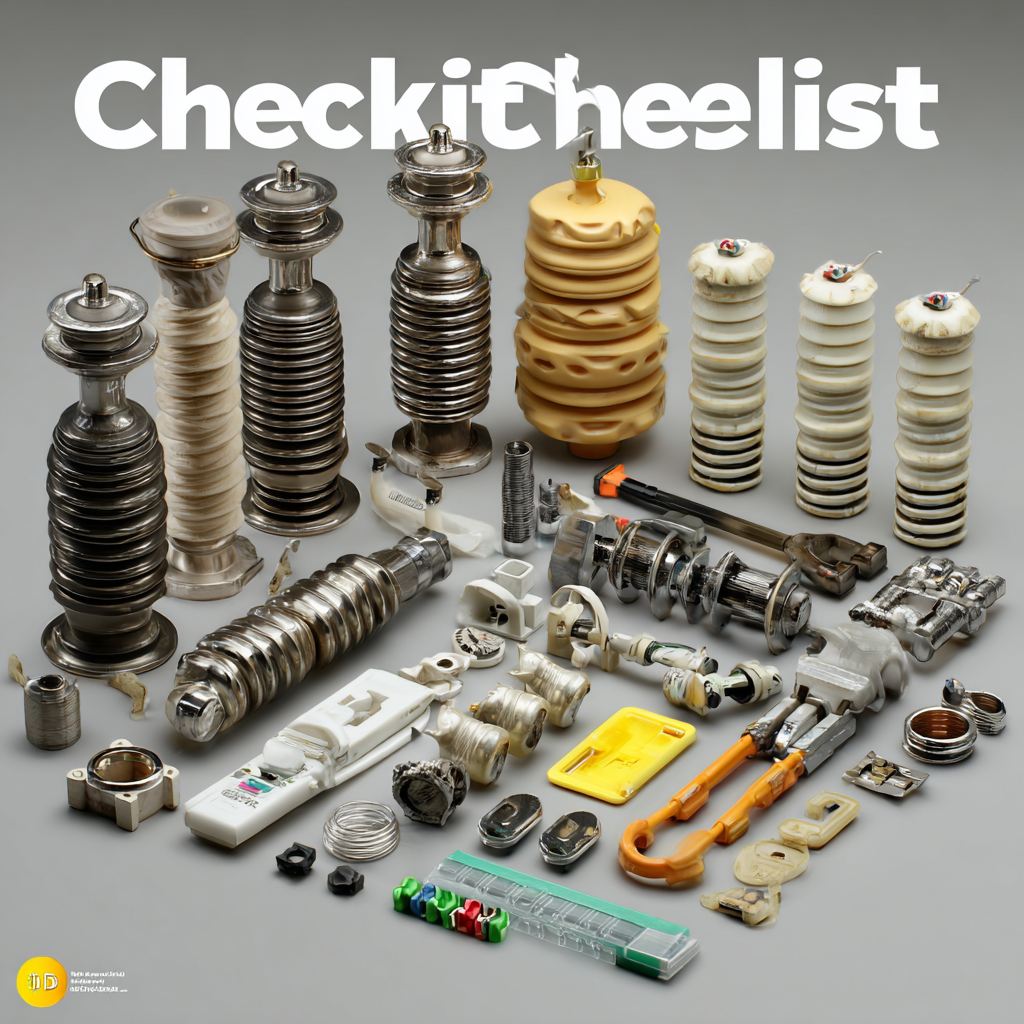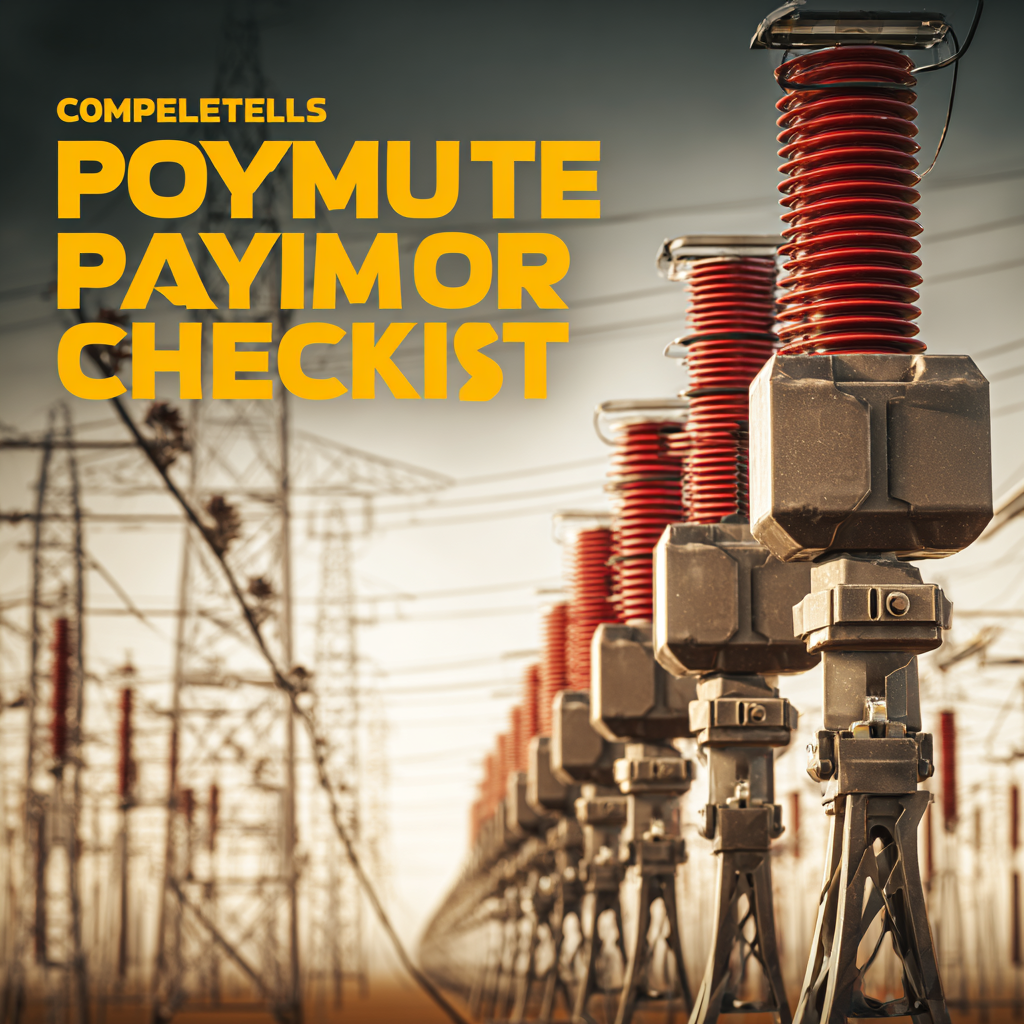
-
Home
-
About Us
-
Products
-
News
-
Blog
-
Contact Us
Leave Your Message

As the demand for efficient and reliable electrical systems continues to grow, the role of Composite Polymer Insulators has become increasingly significant in the industry. According to recent market analysis, the global composite insulator market is projected to reach approximately $2.8 billion by 2025, reflecting a compound annual growth rate (CAGR) of over 5.5% from 2020. This surge is primarily driven by the need for advanced insulator materials that can withstand harsh environmental conditions while ensuring safety and reliability in transmission systems.

The lightweight and durable nature of composite polymer insulators offers substantial advantages over traditional materials, such as reduced transportation costs and enhanced performance. As industry stakeholders look to optimize their choices, understanding the critical factors in selecting the best composite polymer insulator is vital for both operational effectiveness and long-term sustainability. In this article, we present an ultimate checklist to guide professionals in making informed decisions within this evolving landscape.
When selecting composite polymer insulators, understanding key technical specifications is crucial for ensuring optimal performance in electrical systems. One of the foremost specifications to consider is the material’s mechanical strength, which plays a vital role in withstanding environmental stresses. According to a study by the Electric Power Research Institute (EPRI), composite insulators demonstrate significantly higher tensile strength compared to traditional ceramic insulators, with values exceeding 80 MPa. This increased strength translates into improved durability and reliability, particularly in high-voltage applications.
Another essential consideration is the insulator's hydrophobicity. This property significantly affects the insulator's performance in wet conditions. A report by the IEEE outlines that polymer insulators with superior hydrophobic characteristics can maintain their electrical properties even when exposed to heavy rain and pollution, thus reducing the risk of flashovers. Furthermore, it is vital to analyze the electrical field distribution and leakage current, as these factors influence the insulator's efficiency. Research indicates that advanced composite materials can provide a more uniform electric field, which is crucial for minimizing the risk of electrical discharges. By focusing on these technical specifications, engineers can make informed decisions when selecting the best composite polymer insulators for their specific applications.
| Specification | Details |
|---|---|
| Material Type | Silicone Rubber, EPDM |
| Electrical Strength | ≥ 30 kV/mm |
| Temperature Range | -40°C to 100°C |
| Hydrophobicity | High |
| Mechanical Strength | ≥ 15 MPa |
| UV Resistance | Excellent |
| Weight | Lightweight (typically ≤ 10 kg) |
| Resistance to Environmental Stress | Good |
| Installation Method | Easy - Typically Hot Line Installation |
When selecting composite polymer insulators, understanding dielectric strength is paramount. Dielectric strength measures an insulator's ability to withstand electric stress without breaking down. This property is crucial, especially in high-voltage applications, where insulators are subjected to extreme electrical fields. A high dielectric strength indicates that the material can effectively resist electrical breakdown, ensuring longevity and reliability for the insulators in various environmental conditions.
The performance of insulators is directly influenced by their dielectric strength. Insulators with superior dielectric properties can operate efficiently in adverse weather, preventing leakage currents and electrical failures. This is particularly essential for power transmission and distribution systems, where reliability is non-negotiable. When evaluating composite polymer insulators, consider their dielectric strength ratings as a crucial factor in your selection process. This will not only enhance system performance but also contribute to the overall safety and efficiency of electrical infrastructure.
When selecting the best composite polymer insulator, understanding the comparative analysis of voltage ratings in different composite materials is crucial. The advancements in glass fiber-reinforced epoxy composites have shown promising results for high-voltage insulator core rod applications. These materials not only offer high mechanical strength and durability but also possess excellent electrical properties, making them suitable for environments that demand reliable insulators. Recent studies emphasize the importance of evaluating the insulation performance at varying voltage levels, which is essential for ensuring long-lasting functionality in electrical systems.
Furthermore, addressing potential defects in organic insulating materials has become a focal point in ensuring their reliability. Non-destructive testing methods have made significant strides in detecting tiny flaws that could compromise the integrity of insulators. By implementing these techniques, manufacturers can better assess the quality of silicone rubber and epoxy resin used in electrical equipment, ultimately leading to enhanced performance and safety. The careful selection of materials based on their voltage ratings, alongside rigorous inspection processes, plays a vital role in optimizing insulator performance in high-voltage applications.
When selecting composite polymer insulators, longevity and weather resistance are paramount considerations that directly impact performance and lifecycle costs. Studies have shown that properly designed composite insulators can exceed service lives of 30 years, significantly surpassing traditional ceramic insulators which often fail after 20 years under similar conditions. The durability of polymer materials is crucial, as they resist environmental degradation from UV exposure and extreme weather conditions.

Additionally, the ability of composite insulators to withhold their performance under various weather scenarios plays a vital role. According to a report by the International Council on Large Electric Systems (CIGRÉ), composite insulators show a marked reduction in failure rates during severe weather events, with data indicating a 30% lower incidence of leakage currents compared to porcelain insulators. This enhanced weather resistance not only prolongs operational reliability but also translates into reduced maintenance costs and improved safety margins for power utilities. Investing in high-quality composite polymer insulators guarantees not only better performance but also yields significant long-term benefits in terms of sustainability and operational efficiency.
When selecting composite polymer insulators, it's crucial to consider their maintenance requirements to ensure optimal performance. A report from the Electric Power Research Institute (EPRI) indicates that regular inspections and cleaning can significantly extend the lifespan of these insulators. Specifically, EPRI's findings suggest that periodic cleaning every 12 to 18 months can reduce contamination buildup by up to 30%, ensuring insulator integrity under harsh environmental conditions.

Furthermore, the use of infrared thermography has become a valuable tool in maintaining composite insulators. According to a study published in the IEEE Transactions on Power Delivery, implementing this technology can identify potential failures before they occur, leading to a reduction in unexpected outages and maintenance costs by approximately 25%. Proper maintenance not only enhances the performance of composite insulators but also contributes to the overall reliability of power systems, which is essential in today's energy landscape.